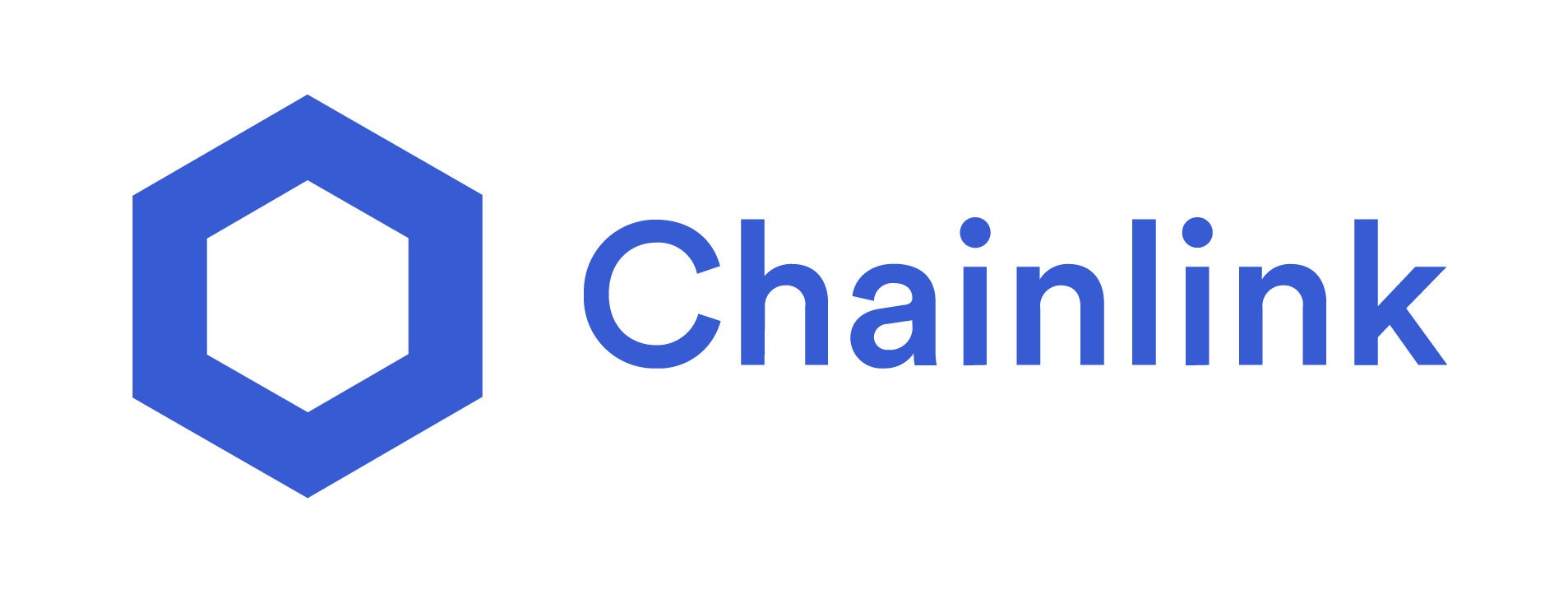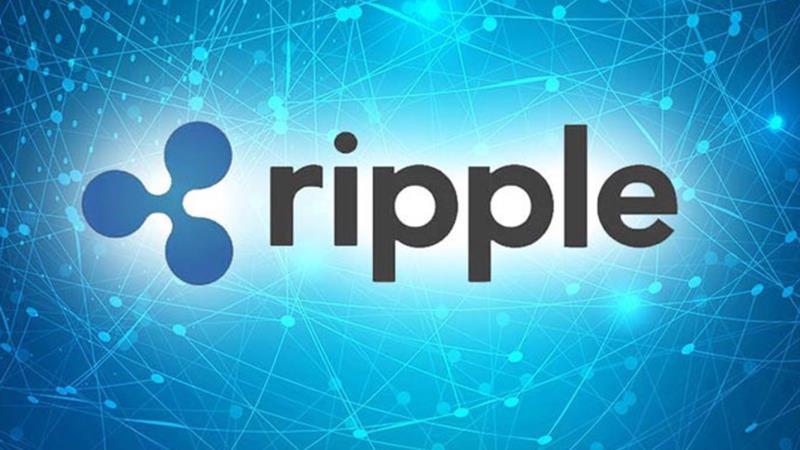Key Takeaways
- Unmatched Partnerships: Chainlink’s collaborations with major banks, FMIs, and governments position it as the backbone of enterprise blockchain adoption.
- Utility Over Speculation: $LINK’s long-term value is tied to live usage, not short-term market sentiment.
- Adoption-Driven Demand: As institutions deploy DLT systems, demand for Chainlink’s oracle and interoperability stack will increase.
Watching investors dismiss Chainlink because the $LINK price hasn’t “exploded” yet misses the bigger story. The project’s unparalleled web of global partnerships — with banks, financial market infrastructures (FMIs), governments and top blockchains — is not marketing theater.Here’s the sentence rewritten in active voice: Chainlink is laying the groundwork for real-world distributed ledger technology (DLT) adoption, and this adoption—not speculative timing—will drive lasting demand for its stack.
Chainlink Partnerships Carry Measurable Implications
Also Read: Chainlink Price Leads Altcoin Selloff: Is LINK Nearing Its Floor?
Chainlink’s partner list isn’t a string of PR plays; it’s an ecosystem map. When major banks, FMIs and sovereign projects invest engineering time and governance attention into integrating Chainlink, they’re building production-grade rails — not sandbox toys. That level of institutional participation changes risk profiles, operational expectations and ultimately the economics of any token that acts as protocol utility.
From pilots to production — the tipping point
Pilots are useful, but pilots don’t lock in long-term architecture. Production usage does. Once market-structure rules are formalized and enterprises and governments roll out live DLT implementations, the need for a secure oracle, cross-chain compatibility and payment abstraction will be non-negotiable. Chainlink’s architecture — which, notably, includes concepts like CRE (Contract Ready Environments), payment abstraction, and the so-called “Unified Golden Ledger” — is therefore purpose-built for that exact transition.
Standards, liquidity and network effect
Adoption at scale follows standards. Projects that align with Chainlink’s data and security standards benefit from liquidity and interoperability; those that don’t risk fragmentation and “liquidity flight.” The fact that ISO-aligned tokens and many Layer-1/2 chains are connecting to Chainlink’s SCALE and standards programs signals not only technical preference but economic alignment. Standards create winner-take-most dynamics in infrastructure markets — and Chainlink occupies a privileged position.
utility will outlast short-term price narratives
Also Read: Chainlink Price Prediction: Can LINK Break $16.5 Amid Rising Profit-Taking?
If you step back from daily price noise and focus on utility, the picture is clear. Chainlink’s stack serves as the universal bridge connecting real-world systems with decentralized logic — with $LINK powering that economy as its native instrument. As governments, banks and enterprises move from pilot to production, demand for Chainlink’s services and the token that powers them is likely to rise. Therefore, dismissing the project before institutional adoption is fully priced in overlooks how new standards and live utility are already reshaping $LINK’s economics.



